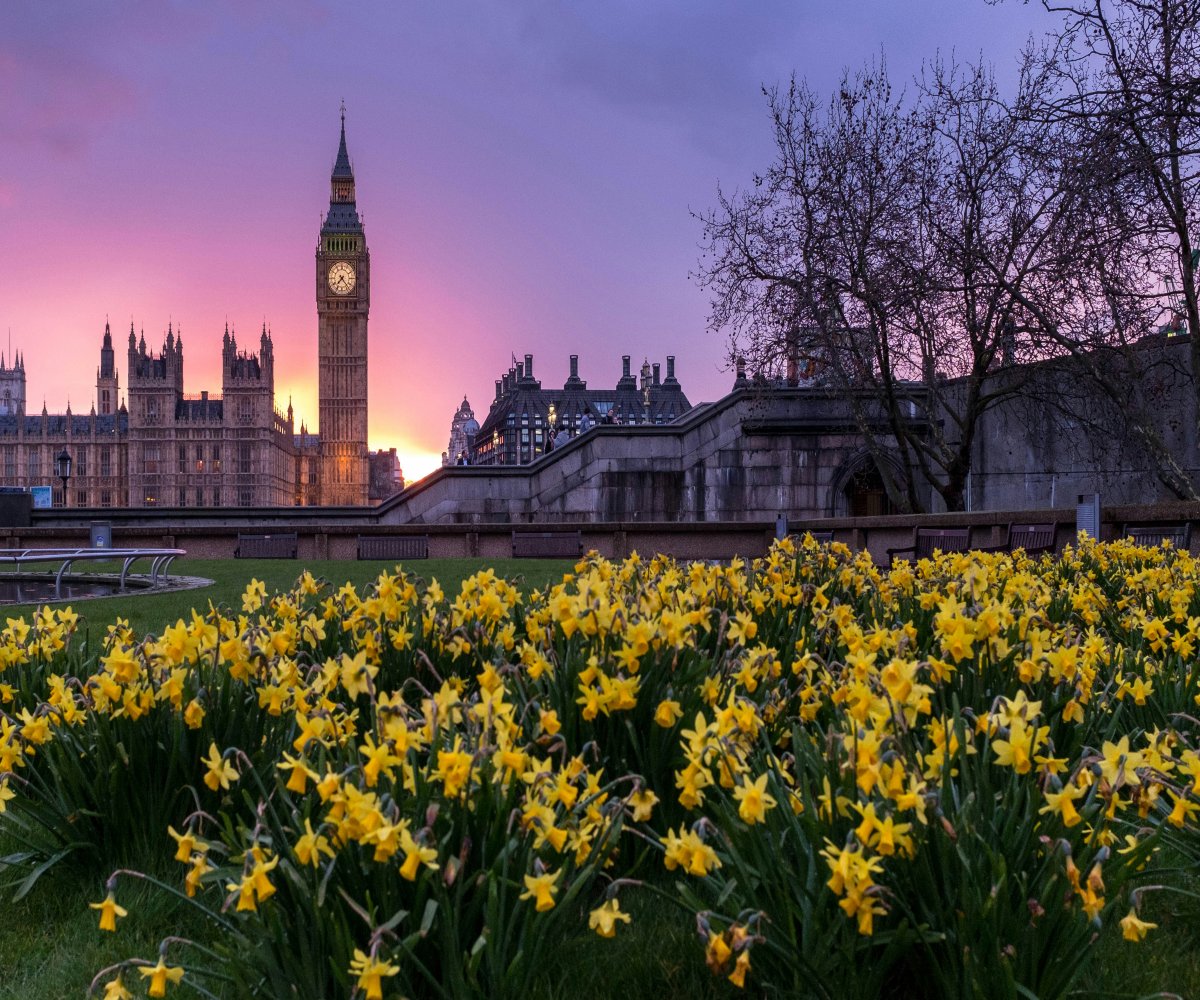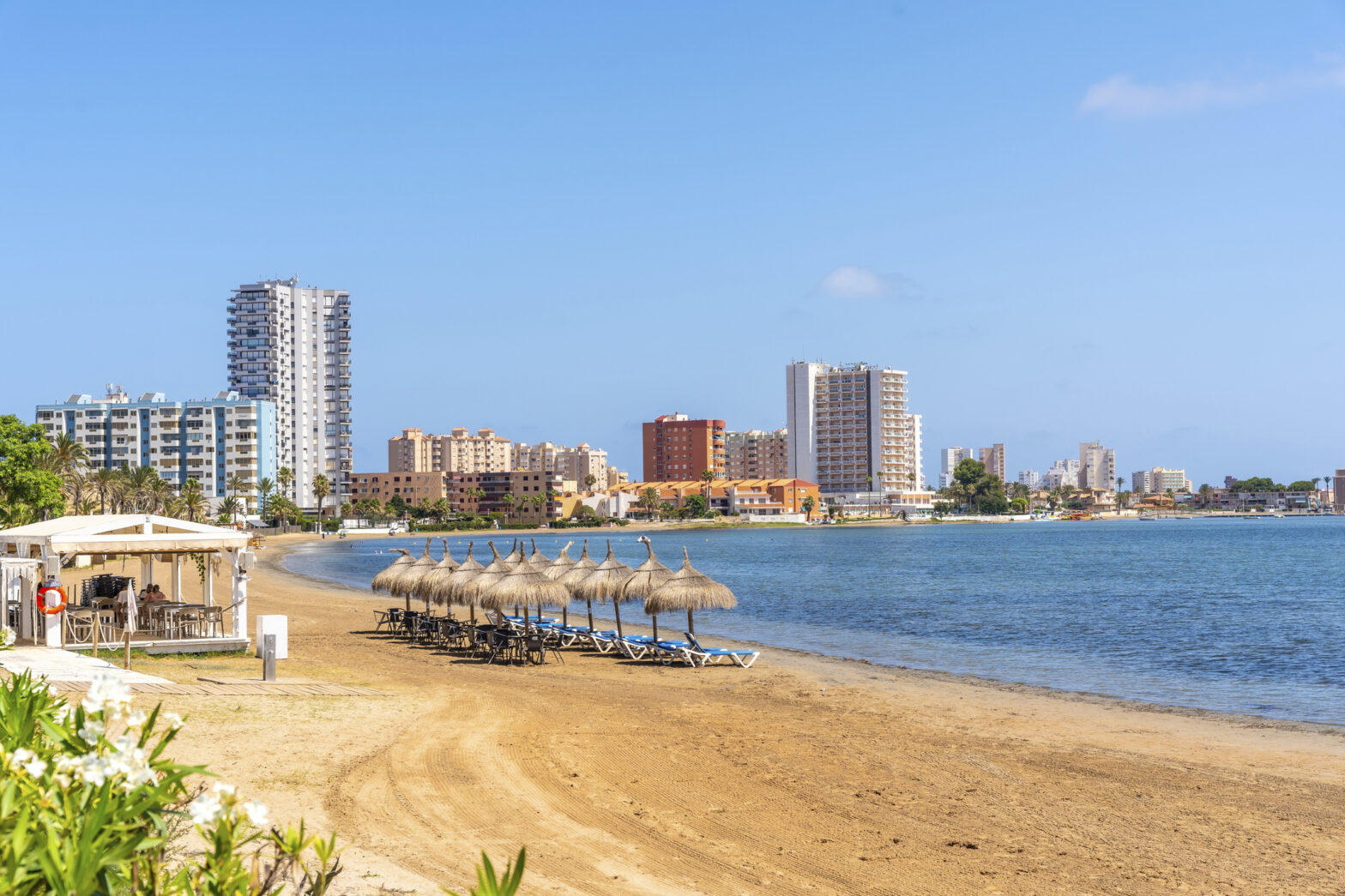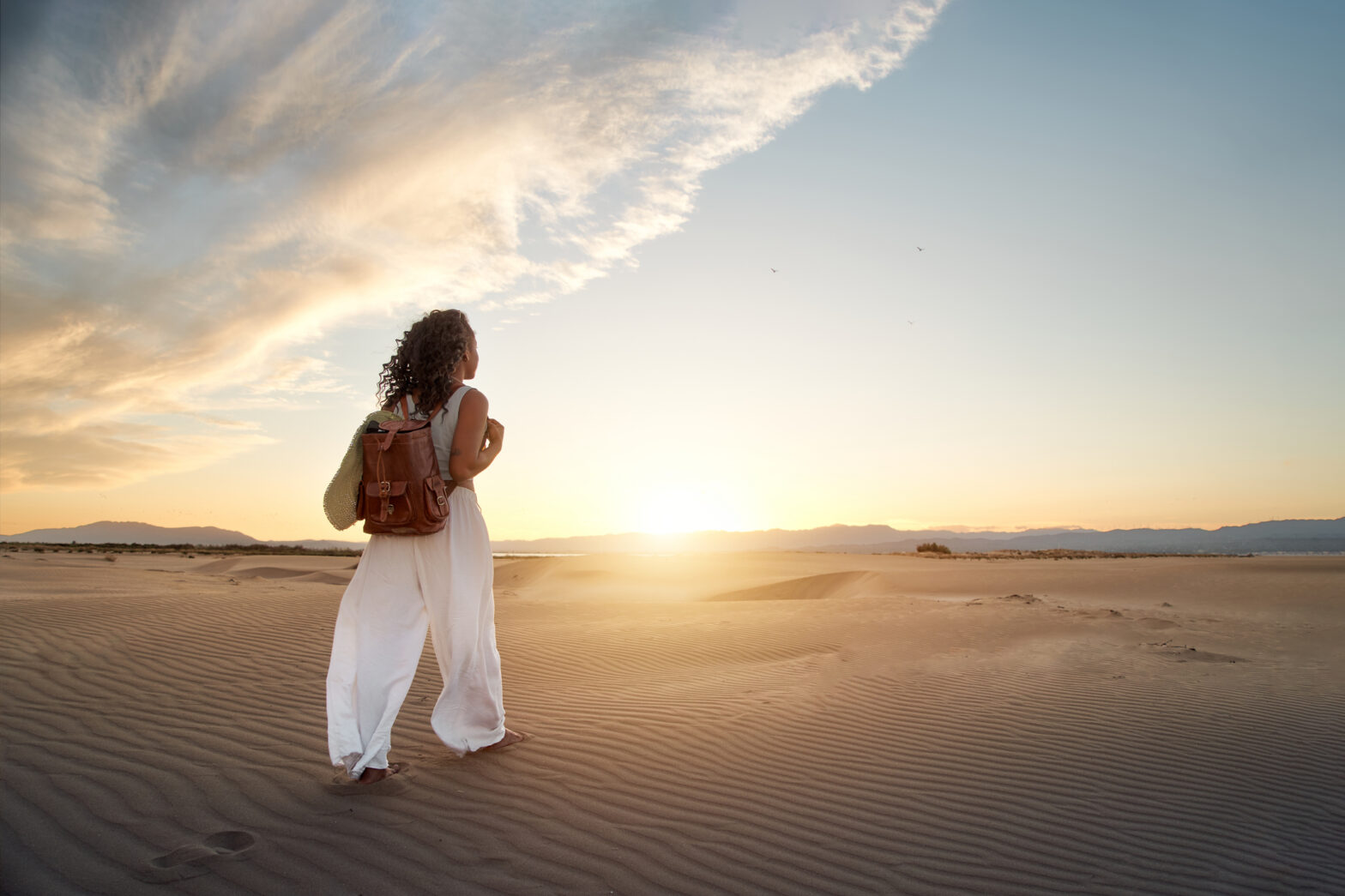Loíza is a town located on the northeastern coast of Puerto Rico, just east of Carolina. However, what makes the town so notable is the tremendous infusion of African culture — and the pride in which they take in their African roots.
Puerto Rico’s unique culture is infused with Spanish, Taino, and strong African roots, which have influenced the traditions, cuisine, and experiences found on the Island. The Island’s rich Afro-Puerto Rican heritage can still be found in Loíza – a few minutes outside the city of San Juan.
Known as “El Pueblo de la Cacica,” Loíza has become a center for African-inspired traditions, music, art and dance.
There are several beaches just off the coastline of Loíza. Playa la Posita is a nice family-friendly beach with calming waters the whole family can enjoy. A bit further down is Playa Aviones, named after the airplanes that are often seen and heard flying overhead. This beautiful stretch of beach livens up once the surfers and waves start coming out.
Cuisine: Many popular Puerto Rican dishes date back to African influences, including the well-known mofongo – made of deep-fried green plantains; bacalaitos – deep-fried codfish fritters; and pasteles – a traditional Puerto Rican dish made of masa (or dough), stuffed with meat and wrapped up in a banana leaf, yum! Looking to try one of these savory dishes? El Burén de Lula, recognized by James Beard, is a small and immensely popular eatery for traditional Puerto Rican cuisine with an African twist. Another popular spot in Loíza is El Parrilla, a 60-year-old restaurant that serves creole flavored seafood and Puerto Rican mud crabs.
Culture (Dance/Music): One of the most breathtaking demonstrations of Afro-Puerto Rican heritage is the Bomba; a rhythm played by two or more drums guided by the dancer’s feet. There are many places on the Island where you can learn this Puerto Rican tradition and immerse yourself in a complete cultural experience, including Don Rafael Cepeda School of Bomba and Plena.
All year-round, you can hear and feel Puerto Rico’s energetic and vibrant culture through music, dance, rhythm, and cuisine rooting from the Afro-Caribbean influences.
Recently, we had a chance to speak with Daniel Lind-Ramos, an artist based in Loíza, about some things visitors can do to properly engage with the Afro-Caribbean culture there.
What are some things to do that Black travelers will enjoy.

- Activities/Shops/Experiences
- NEGRO/A/X Art Exhibit: An art exhibition via Casa Afro (Piñones) that highlights 20 afro-Puerto Rican artists. This exhibition is an example of the aesthetic and cultural roots of African decedents on the Island, unapologetically centering Afro Boricua experience within local and global imperative, to value the spectrum of cultural values that define Puerto Rican reality. A 3D tour is offered online.
- Taller N’Zambi: Before there were styles like salsa and reggaetón, there was bomba. The name does not only refer to the ancient music genre, but it is also the name of the instruments and the dance that accompanies the music. Taller N’Zambi teaches Bomba classes and various workshops which gives travelers the opportunity to get in tune with the beats, music, and rhythm of the Afro-Caribbean culture.
- James Carnival: Every July the city of Loíza celebrates this colorful carnival-like celebration which features costumes, masks, parades, and bomba dancers, along kiosks selling crafts and traditional food. The event reflects the African and Spanish heritage and traditions.
- Parque Histórico Cueva María de la Cruz: Currently, the area serves as a historic park for the municipality of Loíza. After paying a small entrance fee, you’ll be able to tour the cave as well as participate in the three different workshops: bomba dance class, beekeeping, and turban-making demonstration.
- Taller de Artesanías Castor Ayala: A small artisan shop in Loíza dedicated to highlighting the folklore and African heritage of the community of Loíza. The shop specializes in traditional “vejigante” masks as well as other unique finds.
- Paseo Tablado de Piñones (Boardwalk): This seven-mile boardwalk is one of the most scenic and rural routes out there, winding through shady forests and over sandy beaches. You will find many vendors with food and drinks as you’re walking, and the area is a very popular place with locals which is a great way to experience the culture.
- Corredor Afro: Looking for a voluntourism experience? This organization focuses on a variety of expressions centered around the AFRO experience, both local and regional, from a critical view within the Afro-Antillean/Afro-Caribbean context.
- Restaurants
- El Burén de Lula: Located in Loíza, El Burén de Lula is a small restaurant owned by Maria Dolores “Lula” de Jesus that specializes in a lot of cuisine with Taino and African influence with ingredients such as yucca, coconut, corn, plantain and cassava. Many people from the island of Puerto Rico and abroad come to try the savor the rich handmade dishes that are one of a kind.
- El Parrilla: Located in Loíza, this 60-year-old restaurant serves creole flavored cuisine seafood with an African influence, including the famous Puerto Rican mud crabs.
- El Sazon de Sylvia: Located in Loíza, this restaurant serves creole flavored fried foods along with Caribbean, African, and Spanish cuisine.
- Beaches
- Playa Vacía Talega: Playa Vacía Talega is a crescent-shaped beach in Piñones (Loíza) where the water is calm and the sunsets are spectacular. This beach is very popular among locals, so it tends to be crowded during the weekend or on holidays.
- Playa la Posita: Is a nice family-friendly beach with calming waters the whole family can enjoy.
- Playa Aviones: Is named after the airplanes that are often seen and heard flying overhead. This beautiful stretch of beach livens up once the surfers and waves start coming out.
Tell us how Loíza celebrates Black history.
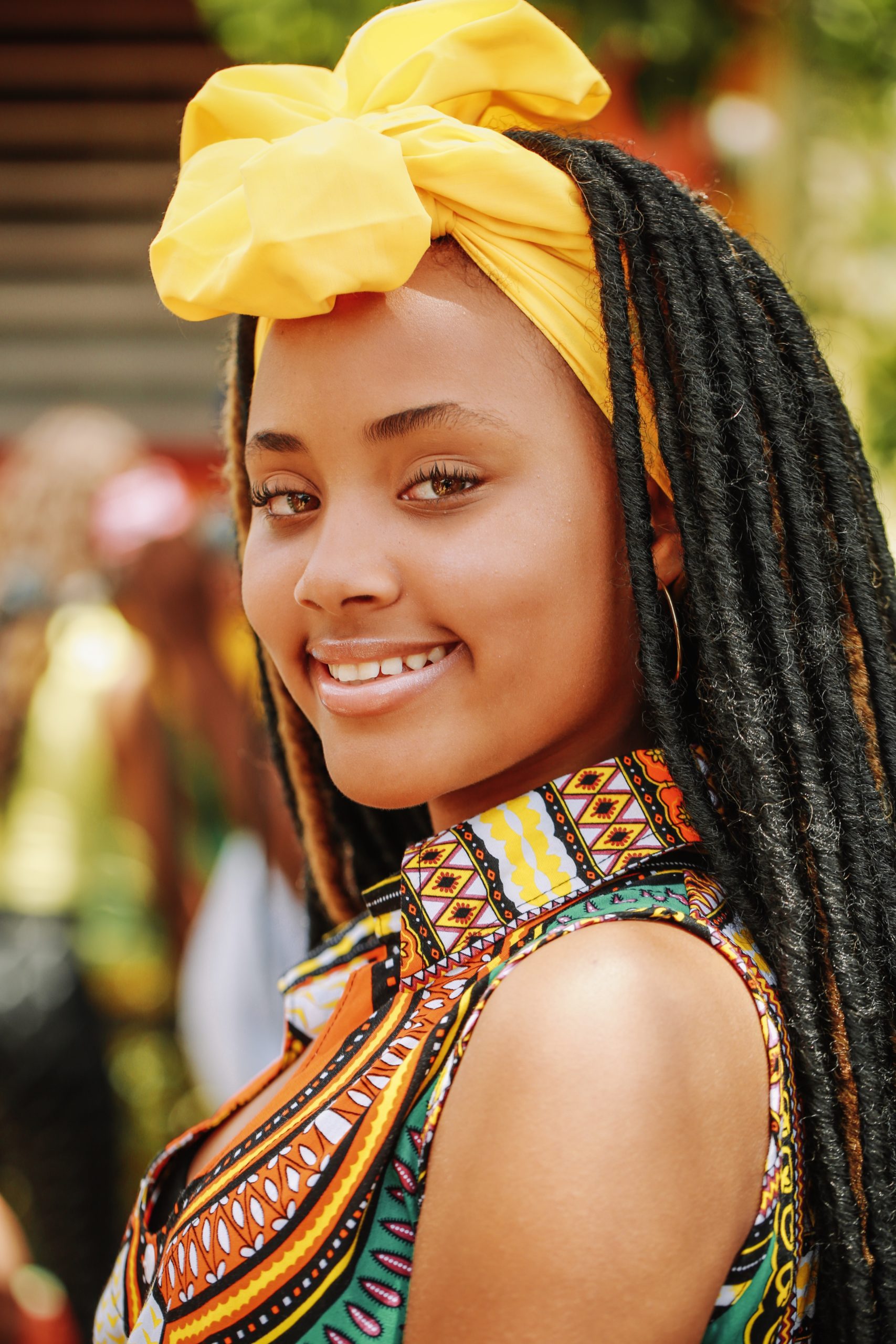
“Loíza celebrates and appreciates Black history through our traditions, history, and culture. Especially in the dance and music of the BOMBA genre, as well as in the costumes of the traditional Fiestas in honor of Santiago Apóstol, which are celebrated at the end of June each year. In Loíza we are a big family, we must always remember where we come from and where we are going.”
Why do you recommend these activities specifically?

“I recommend these activities because they represent an important link with manifestations of African heritage on the island of Puerto Rico.”
Tell us about your own business.
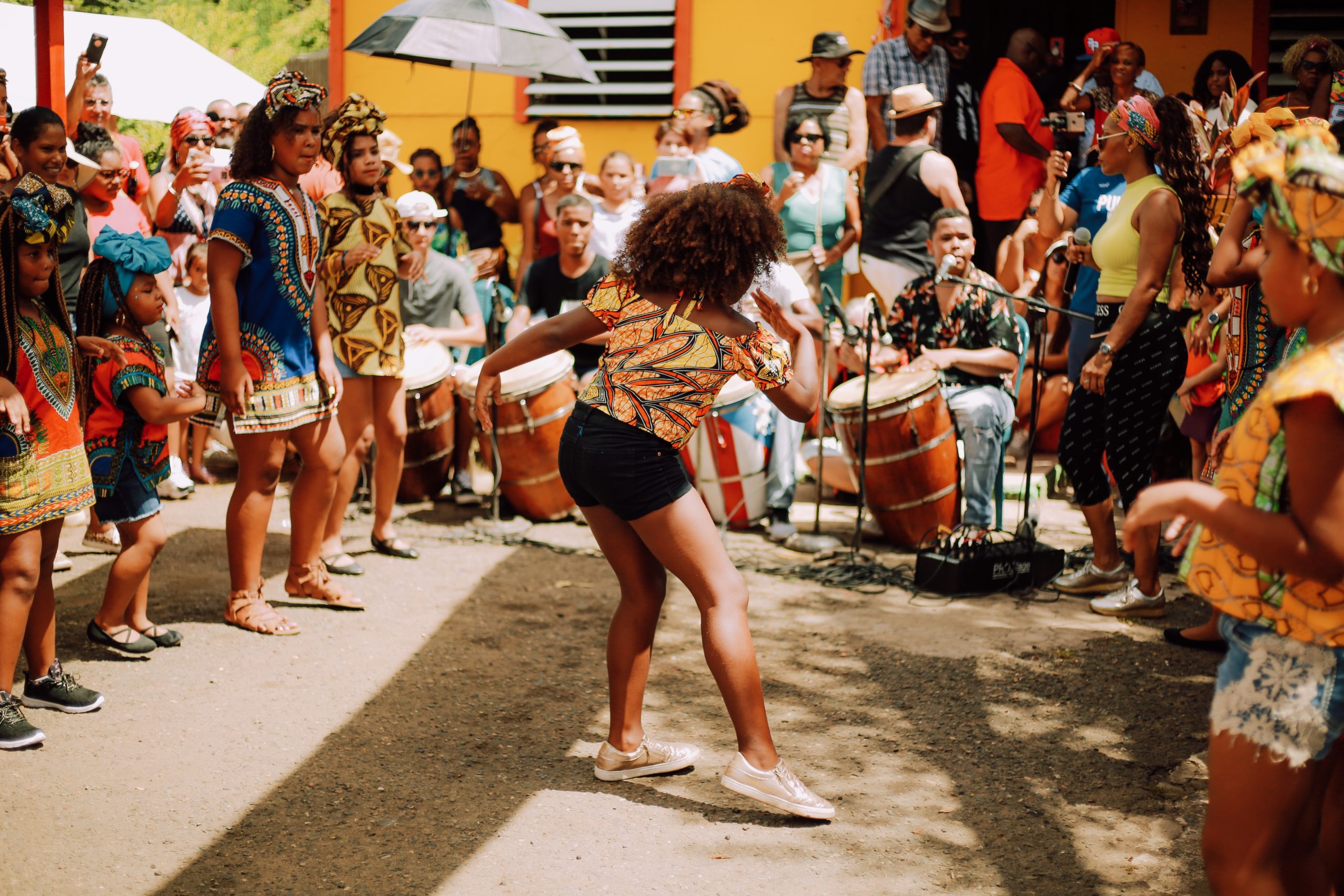
“I am an African-Puerto Rican painter, artist, and sculptor. In my visual expressions (assemblages, mosaics, painting, drawing, performance and video), I want to pay homage to the traditional Afro-descendant communities through the presentation of the narratives, stories, materials, and practices that represent them in order to evaluate and appreciate their contribution to history. At the same time, I strive to suggest a fundamental part of the strategies of an expressive program that attempts to create an aesthetic that, as an inclusive mass, reflects from the polysemy of its meanings to the whole of humanity.”


